An Adventure for Character Levels 8-12. Adventure campaign compatible with first edition Advanced Dungeons & Dragons™.
All fables of adventure stress
The need of courtesy and kindness…
– W.H. Auden, “The History of Science”
The party’s quest for the fabled Valley of High Ashes is once again awakened upon the discovery of a map that shows the way to a place where a final challenge waits among desolate basalt mountain peaks. Long ago the valley was scoured by mysterious flames. Nothing has grown there for centuries. Clouds of vile ash blow eerily on erratic winds. Amid the jagged debris of landslides and moraines lies a ruin—named High Ashes, after the valley—a once-great hall and tower of an invisible but ever-present king. The map details a hidden door below the altar in the now roofless chancel. This passage will lead the party to a crypt below the ruin, where they hope to discover a mysterious book titled High Ashes, whose pages no living hands have turned in ages, a volume shrouded in legend. A few of its verses, sometimes only single lines, are kept alive in the memories of bards, who pass them down the generations. Among these pages the party hopes to find, at long last, the spell known as “High Ashes,” which will release their adored queen and her kingdom from the dismal spell of unbearable sadness that has held them all captive for so many years. Along their journey to the valley, the seasoned adventurers have delved into the terrible mysteries of the Haunted Keep of Countess Altheria; battled through the long-barrow Chambers of the Restless Dead on the forsaken fens at Thorn; swum to sunken undersea realms off the headlands at Blackburn to dislodge the titanic black pearl from the dying Coral Throne of the dreaded Eye of the Deep; braved the feared Crypts of Rays beneath chalk downs at Battered Crown to retrieve the coveted Chalice of Glen Mhor; struggled through marshland fastnesses where dwell Shambling Mounds to return the Moss Vestments of Enthrallment to the Last Lord of the Lizard Men; so many years and hard battles gone by. But this summer an end draws near. Or does it? Prepare to enter the Valley of High Ashes.
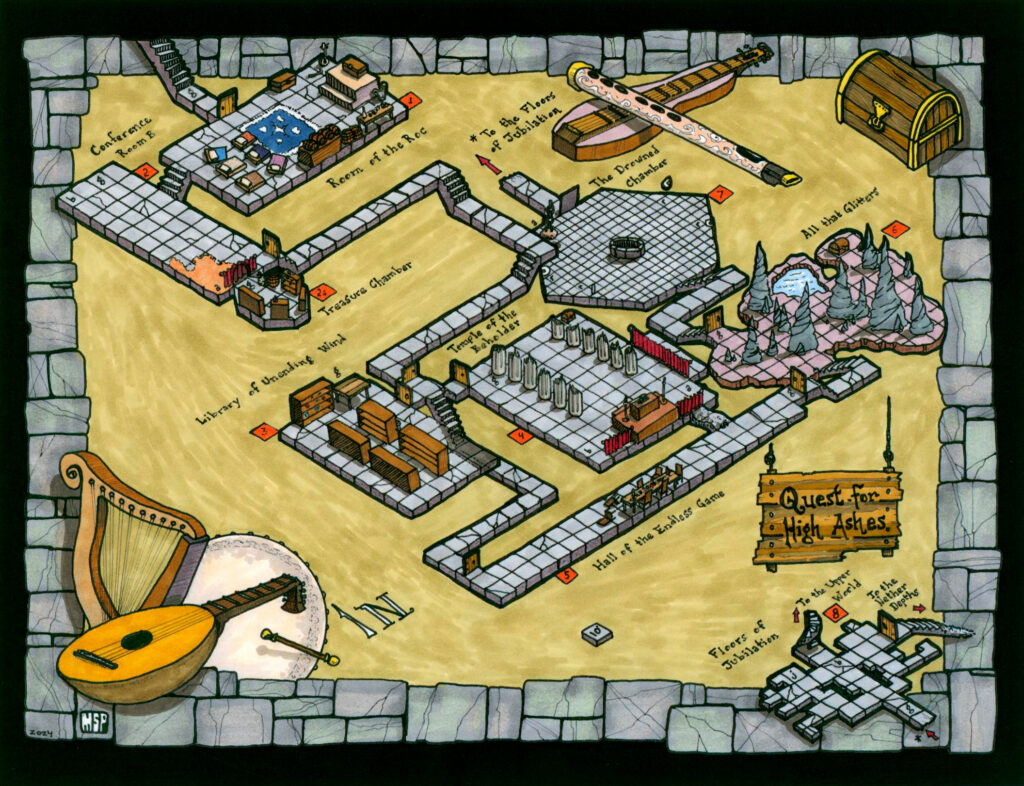
The party discovers the entrance to the catacombs known as High Ashes in a hidden trap door beneath the long desecrated altar in the ruin. The halls and rooms below were carved centuries before from limestone and fitted with sandstone tiled floors. The ceilings and walls are damp and glisten with moisture. Temperatures range from humid warmth upon entry to dry cold in the far recesses of the crypt. The walls are coated in a phosphorescent fungus that emits a dim glow, a haunting blue. Hallways are lit by torches in sconces 5 ft. high every 20 ft. for most of the dungeon, as are many of the first rooms. The walls of the entry hallway are emblazoned with a graffito of a type that appears throughout the dungeon, in a variety of languages, scrawled in glowing golden ichor or carved in wood or stone. The first reads, in the Common Language, “The paths that wind / Through crypt and vale / Are high and deep, / Like rain and hail, / They are hard to find / And harder still to keep” (g). Denizens of the depths are sometimes encountered in the hallways that connect the rooms. Roll for encounters.
Wandering Monsters Table for Encounters in Hallways, 1 in 1d20 chance per round
Creature
Otyugh (1)
Gelatinous Cube (1)
Piercer (1)
Shadow (1-4)
Ernest Hilbert (1) *
Dwarf Black Hole (1) †
Die Roll 1d8
1
2
3
4
5
6-8
* Author of the book and creator of the dungeon, typical human (AC 9, HP 6, DMG NA, AT 0), adept at spells, including ventriloquism, unseen servant, and dry sarcasm.
† Familiar to those who dwell in the dungeon by the name of Strange Fate, this is what the author dreamed: The stellar remnant of a collapsed white dwarf star, detectible only by the absence of light in its vicinity. All physical matter within 10’ of its pure darkness will appear to bend impossibly toward a central point as matter is distorted by intense gravitational forces that cause space-time to warp in mysterious ways. It moves but does so unpredictably. If encountered, roll 1D6 to determine if (1-2) it remains stationary, (3-4) disappears after one round, (5) moves slowly away from the party until it disappears, or (6) moves slowly toward the party. If any member of the party crosses the event horizon—where laws of physics break down entirely—by moving within 10’ of the Black Hole, roll 1d4 to determine if the player is sent back 1d4 rounds in time (1), sent forward 1d4 rounds into the future (2), reappears in one of the rooms in the dungeon (3, 1d8 by room number), or ceases to exist in any meaningful physical form (4). Competing timelines and sundry paradoxes arising from this encounter will be handled at the DM’s discretion.
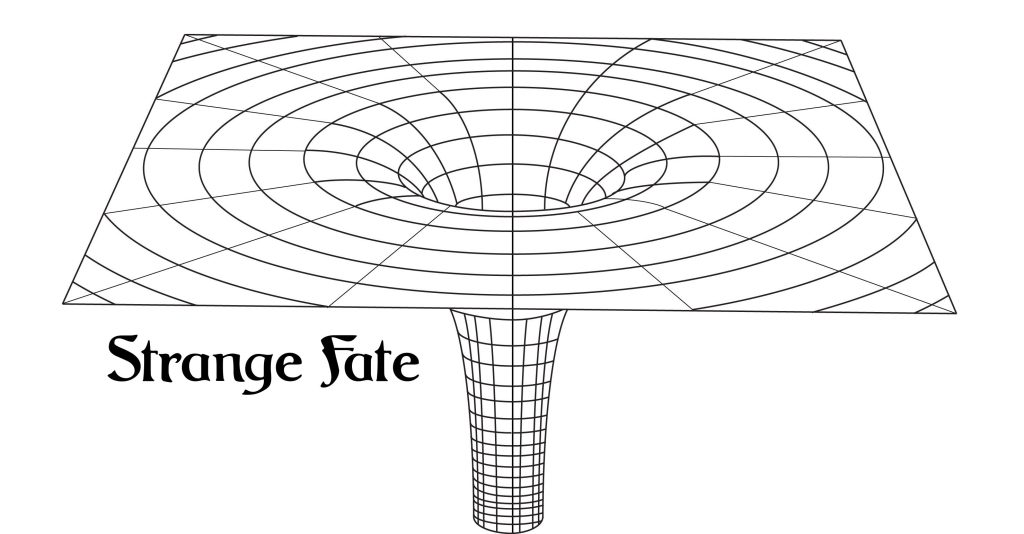
Room One: Room of the Roc—The 1’ diameter brass knocker on the door to this room displays a large bird clutching an elephant in its talons. The door is ajar. The east wall of the room contains a low stage (20’ across, 10’ deep, 4” high). It contains a large black upright chest trimmed in gold with several numbered dials at the top. Several musical instruments are laid against the walls here: Lute of Regeneration (1d4 hit points restored per song heard on this instrument); Flute of Fumbling (lose 1d8 dexterity for one round); Harp of Snaring (mesmerizes listener 1-3 on 1d4); Psaltery of Polymorphic Power (performer becomes another creature while playing, 1d4 to become Bugbear, Troglodyte, Treant, or Centaur for 1d4 rounds); Dulcimer of Diminution (1-33, out of 100, chance 2d10 listener will become 1” tall for one round); Gittern of Heroic Musicianship (performer will play an extended solo lasting 1d8 rounds); Tabor of Dancing (all who hear must save against magic spell or dance for one round); Crumhorn of Levitation (1 in 1d6 chance listener will hover 1d4 feet from ground for one round); Spinet of Shooting Stars (shoots sparks 1 on 1d4 per round played, harmless to players); Silver Horn of Valhalla (summons outwardly menacing but actually harmless warrior spirits from Valhalla, 1d8+2; upon hearing the music, they will begin turning forcefully in a rapid circle dance in front of the stage; in their frenzy, they will not interact with player or non-player characters and will vanish after 1d8 turns). Any player with musical experience may perform on one of the instruments until the inhabitants of the room are awakened. The south wall of the room contains several large casks and a table on which rest several dozen drinking vessels.
There are six beds in the southeast corner of the room, a large rug in the center, and a table with casks of ale and an array of bottles and drinking vessels along the south wall. Each bed contains an adult male orc (AC 6, HP 3, 5, 7, 6, 5, 1, DMG 1-8, AT 1) sleeping. They appear unarmed and unthreatening. Each round the characters remain in the room there is a 1-7 1d8 chance that the orcs will wake, making no threatening motions, rubbing their eyes, then walk to the stage to take up one of the instruments. One will serve ale rather than perform (see below). They wear studded leather armor and have long well-brushed hair (1d4 1=red, 2=blond, 3=black, 4=purple). (Roll 1-3 on 1d8 to detect wig.) If a member of the party makes to attack them, the orcs will kindly ask that they put down their weapons so they may sing a song. If the party agrees, they will begin performing a song about a Roc set loose from an aerie in which it was chained. If a player holds up a candle, the group will perform the song again. Before doing so, the server orc will produce an Eversmoking Bottle, each orc taking one puff before passing it to the characters. It will not harm the characters if used in moderation.
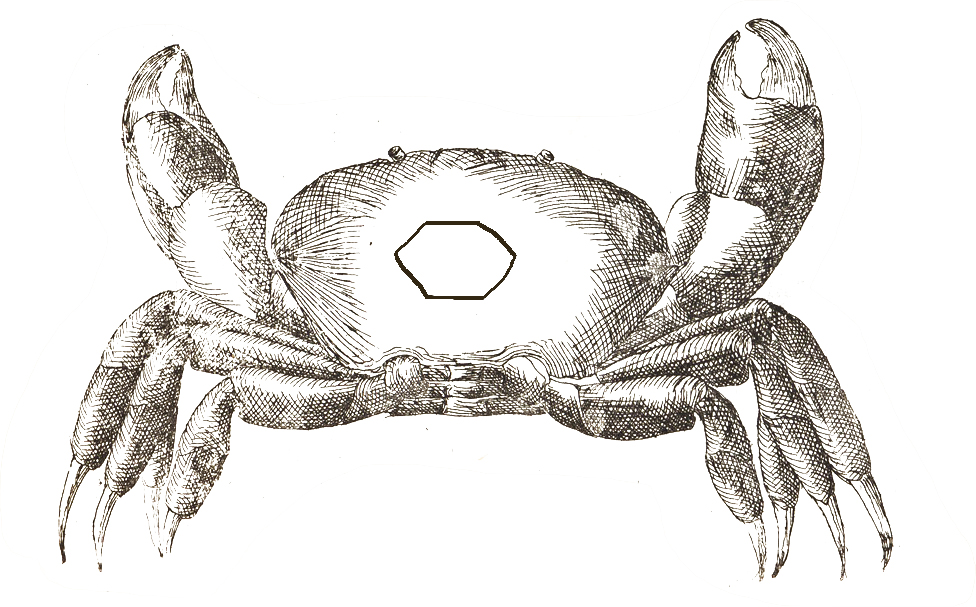
The server orc will offer each player a flagon of ale in a friendly manner. The ale is safe and tastes good. Upon completion of a flagon, another pour will be offered. After the first round of drinks, there is a 1 in 1d20 chance that the flagon will contain a potion of (roll 1d6) Invisibility (1), Gaseous Form (2), Philter of Persuasiveness (3), Polymorph Self (4), Giant Strength (5), or Löwenbräu (6). With the first two flagons consumed, the character gains one point of charisma, but after the third and all flagons that follow the character begins to lose one point dexterity and two points charisma for 1d4 rounds before regaining normal ability numbers. After the third flagon, the orc server will offer a dark liquid in a small glass. This is a potion of sleep and forgetting. One will be given to each player. They are expected to drink them quickly at the same time. After this, the characters will sleep peacefully on the floor for 1d12 rounds. Upon waking, the room will be empty of orcs, though the instruments remain for the taking, and the characters will be unharmed, refreshed, and remember nothing of the concert. After the band has begun playing, there is a 1 in 1d10 chance per round that the concert will be interrupted by a marauding cast (1D8+2) of giant crabs (AC3, HD3, DMG 2-8/2-8, AT2), which will smash down the wooden door to the west of the room and set upon both orcs and the members of the party. Their shells glisten with moisture, and their carapaces have been carved with octagons. The orcs will instinctively begin fighting with the giant crabs. The party may join in to help them.
If the party attempts to slay any of the friendly orcs at any time, the blood released from the orcs’ wounds will awaken a massive, ancient Mimic (AC 7, HP 48, DMG 3-12, 1AT) that has lain dormant posing as the stone floor of the room for centuries. It will fold upwards, enveloping and constricting all in the room, causing automatic 50 hit points damage per character and suffocation (1d20 hit points lost per turn) for those who survive. A chest with a standard lock in the northeast corner of the room contains a number of odd items: the Iron Flask of Tuerny the Merciless, a Potion of Treasure Finding, a Potion of Clairaudience, a Folding Boat, and a Trident of Fish Command. The large rug in the center of the room conceals a flattened scroll containing the spell for Tenser’s Floating Disk.
Room Two: Conference Room B—The door to this room is marked with a large letter B in blue on the door. The southwest corner of this room is shrouded in darkness, a shadow spell cast by a resident Intellect Devourer (AC4, HP 32, DMG 1-4 X 4 plus special psychic attack, AT 4), “one of the most feared of monsters,” which “subsist on the psychic energy of their prey” (a). After the characters have been in the room more than two rounds, the Intellect Devourer, if not already discovered by a detect magic spell, will strike from the shadows, driving the characters toward one of the corners of the chamber. The northwest corner contains a Gray Ooze (AC8, HP24, DMG 2d8, AT1), “a slimy horror which inhabits subterranean places” and “resembles wet stone” (b). The southeast corner of the room, directly above a door that exits to the east, is home to a colony of Green Slime (c), “strange plant growths” that feed “on animal, vegetable, and metallic substances” (AC 9, HP 16, DMG nil, AT 0). Graffito on the ceiling at the northern end of room, in the odd language of Manticores, reads: “You may be guided by / The verses found below / But you should also know / That one of them must be a lie” (g).
Room Two (a) Treasure Chamber—Ⓢ=secret door on south wall behind hanging tapestry displaying an unclothed succubus flanked by Type II demons holding stringed musical instruments. High on the walls of this tiny hexagonal chamber the party will discover a graffito in Elvish: “You scaled and found the peak / Explored the nether reaches, / Dragged hulls to burning beaches, / Endured violent clashes / In hopes you’d see High Ashes— / Is this the place you seek?” (g). This small chamber contains shelves on four of the walls (E/W/SE/SW) stacked with wealth gathered up by Gelatinous Cubes from the endless, littered catacombs below to be harvested by the Intellect Devourer, who has become vastly wealthy. Included in the trove are a Chime of Hunger, a Ring of Shooting Stars, Nolzurs’ Marvelous Pigment, a Flask of Curses, a Sword +3/+10 vs. amphibious or waterborne creatures, a Rod of Smiting, a Ring of Waterwalking, a Ring of Swimming, a Bowl of Commanding Water Elementals, a Wand of Frost, a Potion of Fish/Amphibian Control, Pipes of the Sewers, a Ring of Water Walking, and a Cloak of the Manta Ray.
Room Three: Library of Unending Wind—This room was once a busy library when the dungeon was young. Many neutral good, chaotic good, and lawful good clerics of different races and alignments visited. Now it is largely bare and blown by an incessant wind with no discernable source, great gusts and small breezes moving from all directions at once. The four bookcases—ceiling-height running north to south—are bare save one, their books long ago sold off for money to purchase a magic mirror that never worked properly (now missing, likely shattered). A reading table without chairs can be found on the northern wall of the room. In the endless cyclone there are 36 oak leaves, each containing a single word in gold ink. If the party manages to catch them as they fly by (roll 3d6 against Dexterity for each) they will find that each contains one word. A sign painted on one of the empty shelves indicates that once five leaves are seized, they can be arranged into a sentence. If this happens, the winds will calm for 1d6 rounds, allowing the players to decide what to do next. The DM may provide the dice rolls that are appropriate to determine the outcome.
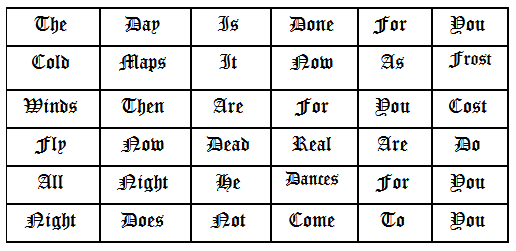
Until the winds are calmed, they pose an outstanding risk to movement and speech. Each round, each character must roll 3d6 against dexterity or lose control to the winds (1d6, 1-3, fall to the ground for one round, 4-5, be pinned to a wall for one round, 6, be lifted bodily up into the air and dropped with force in a random part of the chamber causing 1d4-2 hp damage). When a character attempts to speak to another, the character must roll 1-5 on 1d8 to be heard or else repeat the statement the following turn. The only part of the room sheltered from the infuriating winds is the northwest corner. There, a bookcase contains the following volumes, bound in typical brown calfskin: Tome of Wisdom (common and popular, no value); Phylactery of Monstrous Attention, with insect damage to title page, frontispiece mutilated; Manual of Quickness (laboriously indexed and annotated); Periapt of Proof Against Poison (its pages are coated in a poison that will cause a character touching the pages to save for poison or suffer 1d4hp damage; Librum of Frost Gates, heavily damp-stained and very cold to the touch but otherwise harmless unless read; Guide of Shooting Stars [bound with] Watery Death, all plates and charts removed, closely trimmed at the margins, many lines inked out throughout; Eversmoking Verses, heavily foxed; Tales of Telekinesis and Assorted Delusions, blighted by extensive worm-holing; and Miscellany of Doggerel, if read aloud causes temporary queasiness on 1-5, 1d12 for one round; roll to save or lose 1d6 constitution for one round. The last book on the shelf is a large quarto bound in Imp skin: The Vacuous Grimoire: “Anyone who reads must make two saves, one to avoid losing a point of intelligence, one to avoid losing two of wisdom. It can only be destroyed by casting Remove Curse and then proceeding to burn it.” A graffito carved into the reading table in Orcish reads “Upon the day the seas rise up to skies / The Citadel of Bells shall ring at last” (g). These are lyrics from a once-popular, now forgotten song. There are also 500gp, stamped with images of sea creatures.
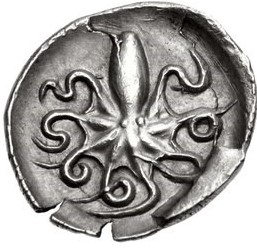
Room Four: Temple of the Beholder—This room is the private hall of an ancient, once-famous Beholder (AC0/2/7, HP70, DMG2-8, AT1). Two rows of six columns each run from north to south along the length of the room. A graffito on the northwest-most column, in the cryptic Drow language, reads “Behold I am . . . Beholder / Holding eons in my mind. / Centuries burn and smolder / For all I’ve left behind” (g). The south wall of the room contains an altar, 20’ wide, 5’ high, 10’ deep. Six Kobolds (AC 7, HP 3, 2, 3, 3, 4, 4, DMG 1-4, AT 1) attend the Beholder and worship him as a god. Two Kobold acolytes (a) wear ecclesiastical vestments embellished with large bloodshot eyes woven of silk. Four Kobold guards (b) wear breastplates decorated with sea creatures: starfish, octopuses, jellyfish, and sharks. The Beholder resides backstage in a private space to the east of the room behind a large deep blue tapestry adorned in gold and silver with shooting stars. Behind the tapestry, he spends his days dreaming of eternity. If woken, he will emerge from his room and seek to engage the party in seemingly reasonable conversation regarding his divinity. Conversation will reveal that the beholder’s name is Norm (his name is inscribed in elvish characters on the front of the altar). He will attempt to convert the party to the cult of his own greatness. The northeast corner of the room contains a chest with 50 amulets stamped “Behold Norm the Beholder,” intended to be distributed to future adherents to his cult. They are pure gold, worth 100gp each. Below the altar is a recess containing ten cases (12 bottles each, all but one case entirely empty; the last case containing three full bottles and one half-consumed) of Longevity Potion. In the center of the altar is a crystal ball, in which the beholder sees himself as he was eight centuries earlier, a smoother, smaller sphere, in the crypts below the summer palace of Ozmath the Demi-Lich, high in the Mountains of Nóstos. If the characters speak encouragingly about the Beholder and his greatness, he will remain peaceful. If they gaze into the crystal ball with him, he will become absorbed in nostalgic reverie, thus allowing one character per round to slip away unnoticed. The Kobolds are so demoralized they will not interfere but rather look longingly at the player characters as they depart. A large hole in the south wall behind the tapestry exposes a natural hallway to room 5 through a secret door at the end. The floor of the rough-hewn 20’ hallway displays a graffito that reads “You’ll never see what they can see. / You really ought to leave them be” (g).
Room Five: Long Hall of the Endless Game—The room contains a distinct odor of old sweat and halitosis. Ⓢ = secret door (oval, 4’ diameter) on the north wall is located several feet above the floor and concealed by an illusion. Chalk graffiti in four separate hands appears over the secret door, in the common language: “Cernunnos was here.” “Cernunnos is a totul [sic] xenolith.” “Who?” “Ask your mage. He wud [sic] know.” In the middle of the room is a table running north south (30’ long and 6’ wide) at which six skeletons sit (AC 7, HP 7, 3, 7, 1, 2, 1, DMG 1-6, AT 1). They are absorbed in examinations of a map, on which they move small painted white lead figures (upon inspection, the small figures resemble members of the expedition party; the map they play on is that of the dungeon the party is currently exploring; players may copy it to learn the way forward). From time to time, one of the skeletons will cast a handful of dice, sometimes resulting in a chattering laughter or angry slapping of table on the part of the other skeletons. At no point will they look up from the game or react to the characters in any way, even if attacked. They are playing a game that began centuries before and has no end in sight. The wall above the east door contains a graffito in the alluring Centaur tongue. It reads “Sometimes a fool / Will get to rule. / But as a rule, / A fool / Is really just a fool” (g). There is nothing of value in the room.
Room Six: All that Glitters—The various chambers and corners of the room are carved from rock in non-geometric patterns. A steaming, bubbling mud pool in one of the northern areas contains a hoard of 4,000cp as well other seemingly gold items, such as candlesticks, goblets, rings, and necklaces, a scroll cylinder containing a spell in an unrecognizable language (1d100gp value per item). To retrieve items a character must roll 1-5 on 1d6 to avoid receiving a burn with 1d4-1hp damage. Despite appearances, the items consist of common lead made to appear gold by a spell cast by a long-dead magic user. The coins and items will continue to appear to be genuine gold for 2d4 turns after being touched by a new owner, after which their less appealing identity will be revealed. In the northeastern corner of the room is a carved sarcophagus displaying seahorses rising on either side. Inside is a mummy named Lady Moth-Eater (AC 3, HP 23, DMG 1-12, AT 1). “With existence on both the normal and the positive material planes . . . found near their tomb or in like burial places or ruins . . . [mummies] retain a semblance of life due to their evil, and they seek to destroy any living thing they encounter . . . their unholy hatred of life and their weird un-life state gives them tremendous power.” If the lid of the sarcophagus is removed (this requires two players of 16+ strength each) the mummy will sit up and begin reading from a book that was laid on her abdomen when she was entombed. It soon becomes clear that she is performing a verse monologue she wrote centuries before about a doomed love affair from her youth. Somehow this is evident even though she speaks in a long-forgotten tongue, unknown to the players. There is a 1 in 1d4 chance per round that the players who hear the poem will develop a headache, resulting in 1d6 temporary loss of intelligence for one round. She will not attack the party but will continue reading until a cleric (neutral to lawful good alignment) successfully performs a turn-dead spell, after which the mummy will immediately become dust. The book is of no value, and she has no treasure. Carved on the wall beside the door on the northern wall of the room is a graffito, in the little-known but always enlivening Nixie language, that reads “You pulled the chain / That’s lime and rust / But next you must / Avoid the drain” (g).
Room Seven: The Drowned Chamber—This large hexagonal room (each wall roughly 40’) is entirely covered (including ceiling and floor) with 1’-square pink porcelain tiles, each centered with the image of a small seashell. Large iron rings are attached to four of the walls at 8’ height (r). In the center of the room is a 10’-diameter drain. After the party enters this room, the door will shut and seal behind them, creating a magical waterproof seal. The party will notice a heavy chain with a stone weight on the end hanging 1’ from the ceiling at the northwest corner (a). Without warning, water will begin to surge out of the drain and fill the room at the rate of 2’ per round (the ceiling is 20’ high). The water is ice cold but is not dangerous. As the room fills with a loud gargling noise, creatures will emerge from the drain. Roll 1d8 for creatures to appear (only one type per water cycle, explained below):
1-2: 1d4+1 Salamanders (AC5/3, HD7+7, DMG2-12, AT2), “of the elemental plane of fire,” they “come to the material plain occasionally for purposes known only to them . . . only affected by magical weaponry or by creatures of a magical nature or with great strength.”
2-3: 1d6+3 Locathah bearing 1d4 lance (1), crossbow (2), trident (3), net (4) (AC6, HD2, DMG by weapon, AT1), “humanoid race of aquatic nomads,” riding large Portuguese Man O’ Wars (AC10, HD 1-4, DMG 1-4, AT0).
4: 1d4 Ixitxachitl l (AC6, HD 1+1, DMG 3-12, AT1), “a race of intelligent rays which dwell in shallow tropical seas . . . of evil disposition and clerical in nature.”
5-6: 1d4+1 Sahuagin with tridents and nets (AC5, HD 2+2, DMG by weapon type, AT1), sometimes referred to as “’seadevils’ [or] ‘devil men of the deep’ . . . predatory in the extreme . . . they kill for sport and pleasure as well as for food.”
7: 1 Eye of the Deep (AC5, HP53, DMG 2-8/2-8/1-6, AT3), “hateful and aggressive, generally conforming to its land-dwelling cousin, the Beholder, as regards temperament . . . it has two huge crab-like pincers to seize its victims and a mouth full of small sharp teeth . . . its primary weapons, however, are its eyes . . . a large central eye which emits a blinding flash of light to dazzle and stun those in its ray . . . . and two smaller eyes on long stalks with which it is able to create an illusion.”
8: 1 Water Elemental (AC2, HP79, DMG 5-30, AT consult MM), “free-willed, intelligent being . . . it is possible that they are ruled by a god-like king.”
1d10 Giant Pikes (AC5, HD4, DMG4-16, AT1) will also enter on each refilling. The room will eventually fill entirely, requiring players to hold their breaths for as long as the room is completely full of water. If the ceiling chain is located and pulled, it will cause the water to swirl violently clockwise at an increasing rate of velocity as the water drains out of the room, as if it were a giant toilet. Characters will be pulled uncontrollably by it unless they seize the iron rings. Each character must roll his or her own strength or less on 1d20 per round to avoid being pulled into the flow. Characters seeking to hold on with one arm while attacking with the other will roll ½ strength or less to remain on the ring each round until water has drained below 3’. Characters may hold on to each other using the same roll. Once a character is pulled into the maelstrom he or she will suffer 1d4 -1 hp damage per round unless able to seize an iron ring or caught by another player (same roll as required to successfully grab the ring, above). Characters sucked into the drain are removed from the game and presumed dead (at the discretion of the DM). 1d4 rounds after the room has drained entirely, it will begin filling again with water, and the water cycle repeats. The characters will notice a shining small ring spinning with the flow as the water exits the room. If caught (DM to determine roll), the party will see that this is the elusive Ring of Three Wishes. No door appears to lead out of the room, but a close examination of the tiles on the northern wall will reveal that one contains the image of a seashell facing a different way from all the others in the room. If this tile is pushed or pulled, it will come away, exposing a handle for a concealed door to a hallway leading north. The hallway leading from the room contains the graffito “When you arrive / Your only chance / Will be to dance” (g).
Room Eight: Floors of Jubilation—This room appears be made up of glass tiles on many shallow levels leading off to various complex geometric alcoves on all sides. It is a very confusing room. A silver polyhedral ball hangs from the ceiling. Once all characters have entered the room, a circle of darkness is cast. At that moment a throbbing pulse of sound begins to crescendo. After one round, the ball (b) blazes with light while the tiles, each a different color, begin to flash in time to the beat. This will blind each character 1d4 rounds. From the northwestern recesses of the room enters Juiblex (AC-7, 88HP, DMG4-40, AT1), the Faceless Lord (j), “the most disgusting and loathsome of all demons,” a shambling cone-like tower of ooze and gelatin pocked by numerous giant eyes (fully dilated) and many orifices from which explode clouds of glitter. He bubbles and bounces, swaying from side to side. Those who choose to dance with him will be subjected to rubbing by Juiblex until they are absorbed into his form and trapped for all eternity with him in his lair. However, those who laugh at his display will cause him to shrink and eventually disappear altogether, leaving only a heavy smell of attar lingering in the air. The only treasure in the room consists of a censor containing Incense of Obsession, a Philter of Love, a jar containing the Oil of Slipperiness, Potion of Polymorph Self, and a Horn of Bubbles.
Epilogue: If the party survives its encounter with Juiblex, it may surrender the search or risk descent to the nether darks (see Module E7, The Frozen Depths), where the lost king may yet reign, brooding over the relics of his bygone realm, including the scroll or book containing the spell “High Ashes.” Ascent to the upper world is possible through a spiral staircase located in an alcove on the north wall of the room. A journey further down into the freezing crypt begins with the door to the east of the room, and the quest may well continue . . .

Ernest Hilbert is the author of the poetry collections Sixty Sonnets, All of You on the Good Earth, Caligulan—selected as winner of the 2017 Poets’ Prize—and Last One Out. His fifth book, Storm Swimmer, was selected by Rowan Ricardo Phillips as the winner of the 2022 Vassar Miller Prize. He is also a Grognard, an old soldier from the days of first edition Dungeons & Dragons and has squandered countless hours dreaming of forgotten realms. Visit him at www.ernesthilbert.com
*Author’s Notes:
All descriptive citations are taken from the Advanced Dungeons & Dragons Monster Manual, fourth printing, with red fly leaf and yellow angled banner on front board with red lettering (Lake Geneva, Wisconsin: TSR, August 1979).
The map in “Module E6: Quest for High Ashes” was designed by Ernest Hilbert. Preliminary pencil sketches led to the creation of a blueprint design using Dungeon Scrawl, an open-source grid-based mapping software. The final version of the 2D map was accomplished by fantasy artist Daniel Johnson (Instagram @Krathicus) using the Procreate digital illustration application on an iPad Pro with final edits performed in Adobe Photoshop, before placing the finished image into InDesign for final layout and typography. The isometric map was drawn in pencil by Michael Sean Piper, then inked and colored by hand before being converted to a digital format. All images are used with permission of the artists.
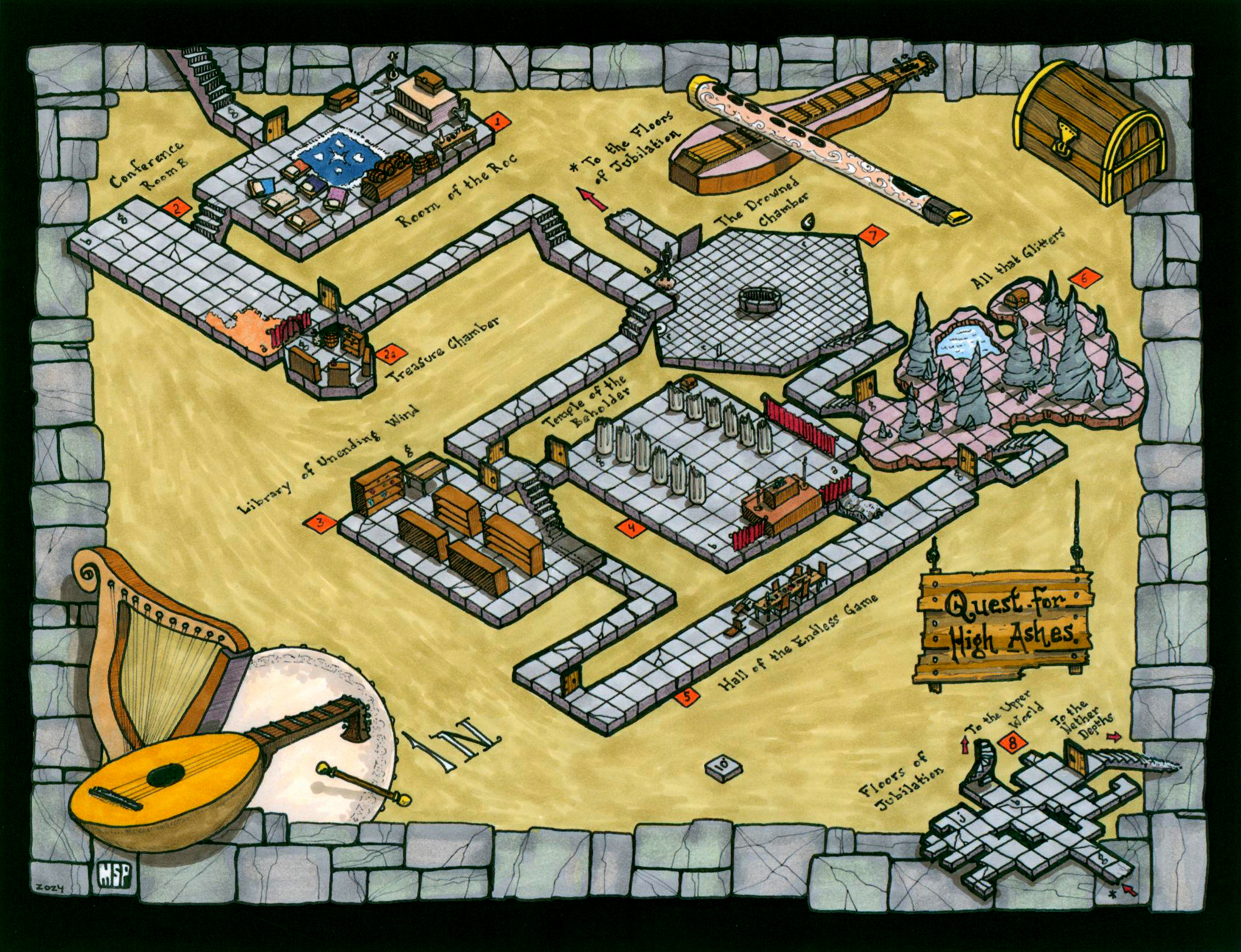
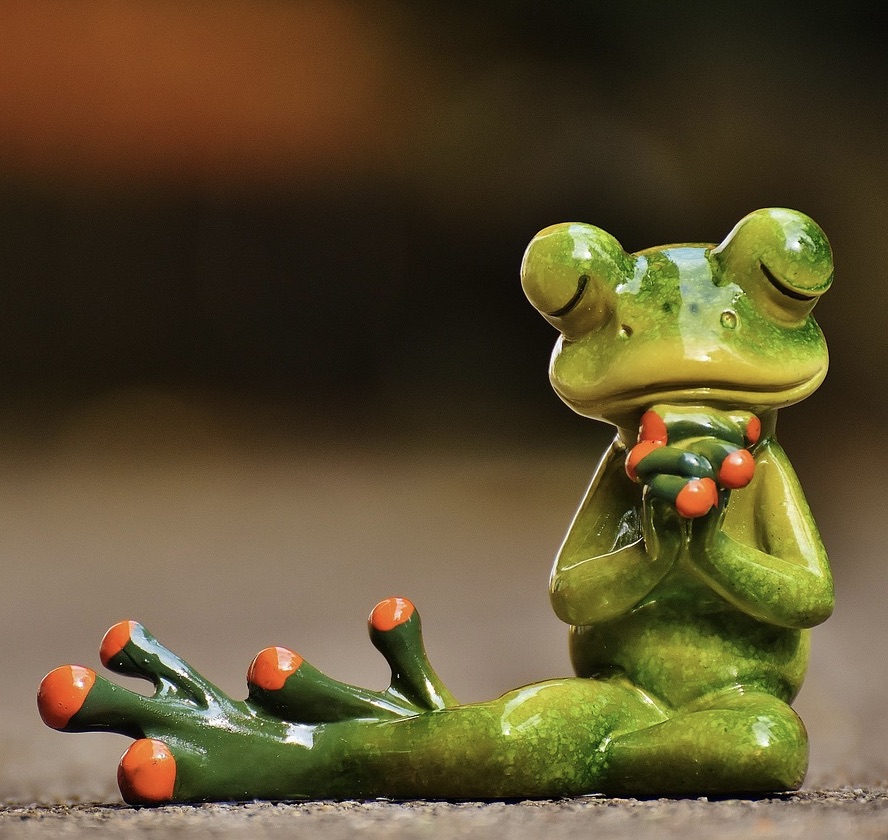
![Monument for Inger Christensen. Photo by David Stjernholm. Featured image for [o] by Kristi Maxwell.](https://atlengthmag.com/wp-content/uploads/2025/06/Monument-for-Inger-Christensen_Kaare-Golles_002_Photo-by-David-Stjernholm-1280x914-1.jpg)
